Home>Ideas and Tips>Simple Ways To Create A Calming Bedroom
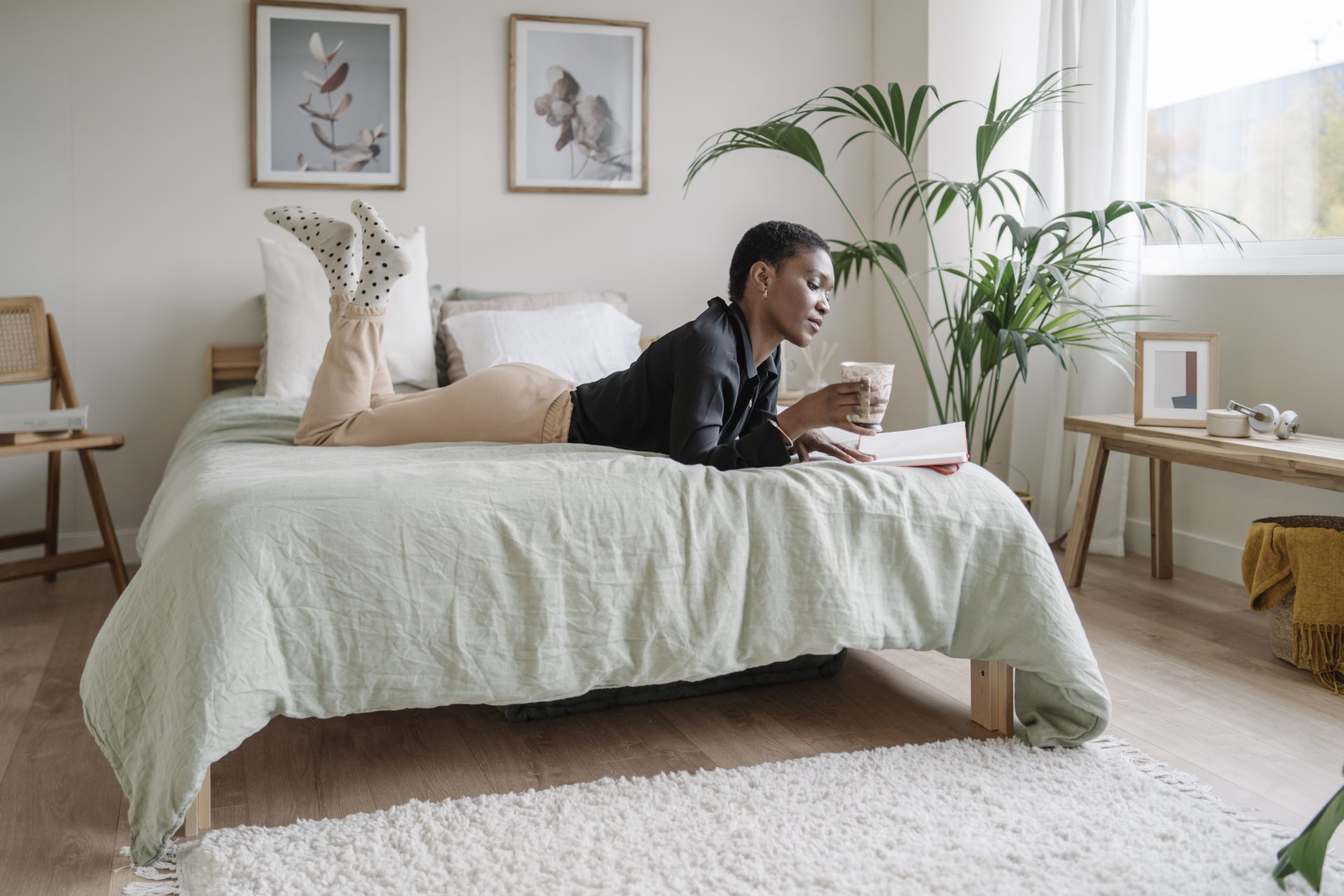

Ideas and Tips
Simple Ways To Create A Calming Bedroom
Published: November 3, 2024
Transform your bedroom into a serene oasis with these simple tips for choosing colors, lighting, furniture, and more to promote restful sleep.
(Many of the links in this article redirect to a specific reviewed product. Your purchase of these products through affiliate links helps to generate commission for Storables.com, at no extra cost. Learn more)
Creating a calming bedroom is essential for achieving dreamy sleep. A well-designed bedroom can significantly impact your mental and physical health, making it easier to relax and recharge. In this article, we will explore various simple yet effective ways to transform your bedroom into a serene oasis that promotes restful sleep.
Choose Calming Colors
The color palette of your bedroom plays a crucial role in creating a calming atmosphere. Soft, muted colors such as light blue, pale green, beige, and neutral tones are ideal for promoting relaxation. These colors can help reduce stress and anxiety, making it easier to fall asleep.
Why Calming Colors Matter
- Stress Reduction: Bright and bold colors can stimulate the brain, leading to increased stress levels. In contrast, calming colors have a soothing effect that helps in reducing stress.
- Mood Enhancement: The right color scheme can enhance your mood and create a sense of tranquility, which is essential for a good night's sleep.
Tips for Choosing Calming Colors
- Consider Natural Light: If your bedroom receives plenty of natural light, you may want to choose lighter shades that reflect this light.
- Use Neutral Tones: Neutral tones like beige or gray can provide a clean and serene backdrop for your bedroom.
- Add Accent Colors: If you want to add some personality to your room, use accent colors like soft blues or greens sparingly.
Optimize Lighting
Lighting is another critical aspect of creating a calming bedroom. Proper lighting can help regulate your circadian rhythms and improve the overall ambiance of the room.
Types of Lighting
- Natural Light: Natural light is the best source of illumination for any room. If possible, position your bed near a window to take advantage of natural light during the day.
- Soft Lighting: Use table lamps or floor lamps with soft shades to create a warm and inviting glow in the evening.
- Dimmable Lights: Install dimmable light fixtures to adjust the brightness according to your needs.
Why Proper Lighting Matters
- Regulation of Circadian Rhythms: Exposure to natural light during the day helps regulate your circadian rhythms, which is essential for maintaining a healthy sleep schedule.
- Reducing Eye Strain: Soft lighting reduces eye strain caused by harsh overhead lights, making it easier to relax before bed.
Select Comfortable Furniture
The furniture in your bedroom should be comfortable and functional to promote relaxation and restful sleep.
Key Considerations for Furniture
- Mattress Quality: Invest in a high-quality mattress that provides adequate support and comfort.
- Bed Frame Style: Choose a bed frame that complements the style of your bedroom while ensuring it is sturdy enough to support your mattress.
- Storage Solutions: Incorporate storage solutions like drawers or shelves to keep clutter at bay, maintaining a peaceful environment.
Why Comfortable Furniture Matters
- Physical Comfort: A comfortable mattress ensures that you wake up feeling refreshed rather than sore or stiff.
- Mental Relaxation: Well-designed furniture can contribute to a sense of mental relaxation by creating an inviting space.
Add Plants
Plants are not only aesthetically pleasing but also contribute to air quality and create a calming atmosphere in your bedroom.
Benefits of Adding Plants
- Air Purification: Many plants are known for their air-purifying properties, which can improve indoor air quality and promote better sleep.
- Visual Appeal: Plants add a touch of nature to your bedroom, making it feel more serene and inviting.
Tips for Choosing Plants
- Low-Maintenance Plants: Opt for low-maintenance plants like snake plants or spider plants that require minimal care.
- Calming Scents: Choose plants with calming scents such as lavender or jasmine to enhance relaxation.
Incorporate Textiles
Textiles play a significant role in creating a cozy and calming atmosphere in your bedroom.
Types of Textiles
- Bedding: Choose soft bedding such as cotton or linen sheets that feel gentle against your skin.
- Throw Blankets: Add throw blankets made from materials like wool or fleece for added warmth and comfort.
- Rugs: Place area rugs in strategic locations to add texture and warmth underfoot.
Why Textiles Matter
- Physical Comfort: Soft bedding and throw blankets ensure physical comfort while relaxing in bed.
- Aesthetic Appeal: Textiles can enhance the aesthetic appeal of your bedroom by adding color, texture, and depth.
Read more: How To Create A Calming Home Atmosphere
Minimize Clutter
Clutter can significantly disrupt the calming atmosphere of your bedroom by creating visual noise and stress.
Strategies for Minimizing Clutter
- Storage Solutions: Invest in storage solutions like drawers, shelves, or closets to keep belongings organized.
- Declutter Regularly: Regularly declutter your room by getting rid of items you no longer need or use.
- Keep Surfaces Clear: Maintain clear surfaces by putting away items after use.
Why Minimizing Clutter Matters
- Reduced Stress: A clutter-free environment reduces visual stress, making it easier to relax.
- Improved Sleep Quality: Clutter can disrupt sleep patterns by creating an environment that feels chaotic and overwhelming.
Use Calming Scents
Certain scents have been proven to promote relaxation and improve sleep quality.
Types of Calming Scents
- Essential Oils: Use essential oils like lavender or chamomile in a diffuser to create a calming atmosphere.
- Scented Candles: Light scented candles with calming fragrances such as vanilla or jasmine before bed.
- Room Sprays: Use room sprays with relaxing scents to freshen up your bedroom without overwhelming your senses.
Why Calming Scents Matter
- Mental Relaxation: Certain scents trigger mental relaxation responses, helping you unwind before sleep.
- Improved Sleep Quality: Calming scents can improve sleep quality by creating an environment conducive to restful sleep.
Create a Peaceful Ambiance
The ambiance of your bedroom should be peaceful and inviting to promote relaxation and restful sleep.
Strategies for Creating Peaceful Ambiance
- Background Music: Play soothing background music softly in the evening to create a calming ambiance.
- Nature Sounds: Use nature sounds like rain or ocean waves to create a peaceful atmosphere.
- Dim Lighting: Adjust dim lighting levels according to your needs for optimal relaxation.
Why Peaceful Ambiance Matters
- Mental Relaxation: A peaceful ambiance contributes significantly to mental relaxation by creating an environment that feels serene and inviting.
- Improved Sleep Quality: A well-designed ambiance promotes better sleep quality by reducing stress and anxiety levels.
Incorporate Artwork
Artwork can significantly enhance the aesthetic appeal of your bedroom while contributing to its calming atmosphere.
Types of Artwork
- Nature Prints: Hang nature prints or paintings that depict serene landscapes like mountains or forests.
- Abstract Art: Use abstract art pieces that evoke feelings of calmness and tranquility.
- Minimalist Designs: Opt for minimalist designs that add visual interest without overwhelming the senses.
Why Artwork Matters
- Visual Appeal: Artwork adds visual appeal to your bedroom, making it feel more inviting and relaxing.
- Mental Relaxation: Certain types of artwork can trigger mental relaxation responses by creating an environment that feels serene and peaceful.
Maintain a Consistent Routine
Maintaining a consistent routine is crucial for promoting restful sleep and maintaining a calming atmosphere in your bedroom.
Importance of Routine
- Regulation of Circadian Rhythms: A consistent routine helps regulate your circadian rhythms, ensuring that you go to bed and wake up at the same time every day.
- Reduced Stress: A predictable routine reduces stress levels by providing a sense of control over your daily activities.
- Improved Sleep Quality: Consistent routines promote better sleep quality by creating an environment conducive to restful sleep.
Tips for Maintaining a Consistent Routine
- Set Bedtime Schedule: Establish a consistent bedtime schedule and stick to it even on weekends.
- Pre-Bedtime Routine: Develop a pre-bedtime routine that includes activities like reading or meditation to signal your body that it's time to sleep.
- Avoid Screens Before Bed: Avoid screens like smartphones or laptops at least an hour before bedtime as they can interfere with your ability to fall asleep.
By implementing these simple yet effective strategies, you can transform your bedroom into a serene oasis that promotes dreamy sleep and overall well-being. Remember, creating a calming bedroom is not just about aesthetics; it's about designing an environment that supports your mental and physical health.
Was this page helpful?
At Storables.com, we guarantee accurate and reliable information. Our content, validated by Expert Board Contributors, is crafted following stringent Editorial Policies. We're committed to providing you with well-researched, expert-backed insights for all your informational needs.
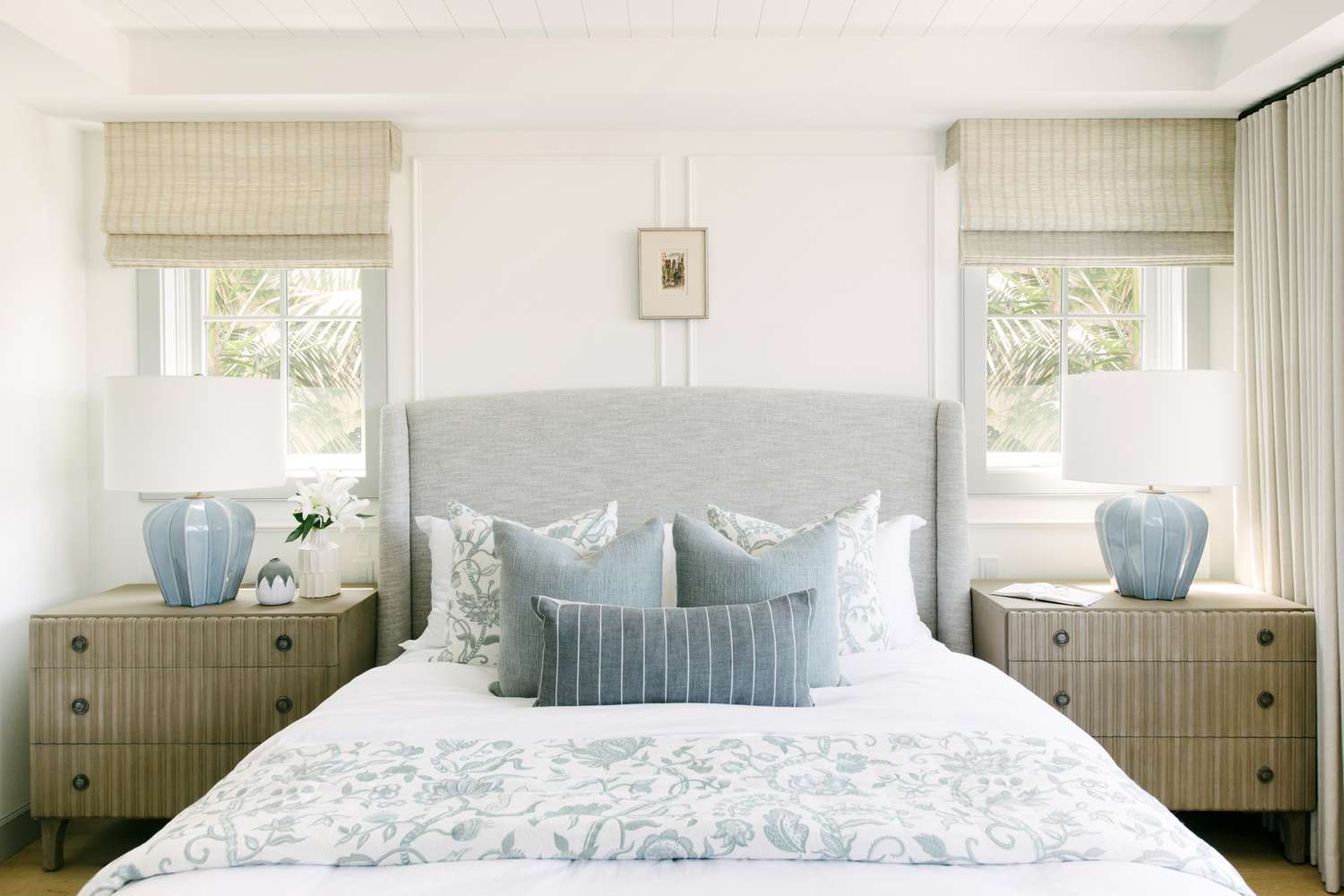
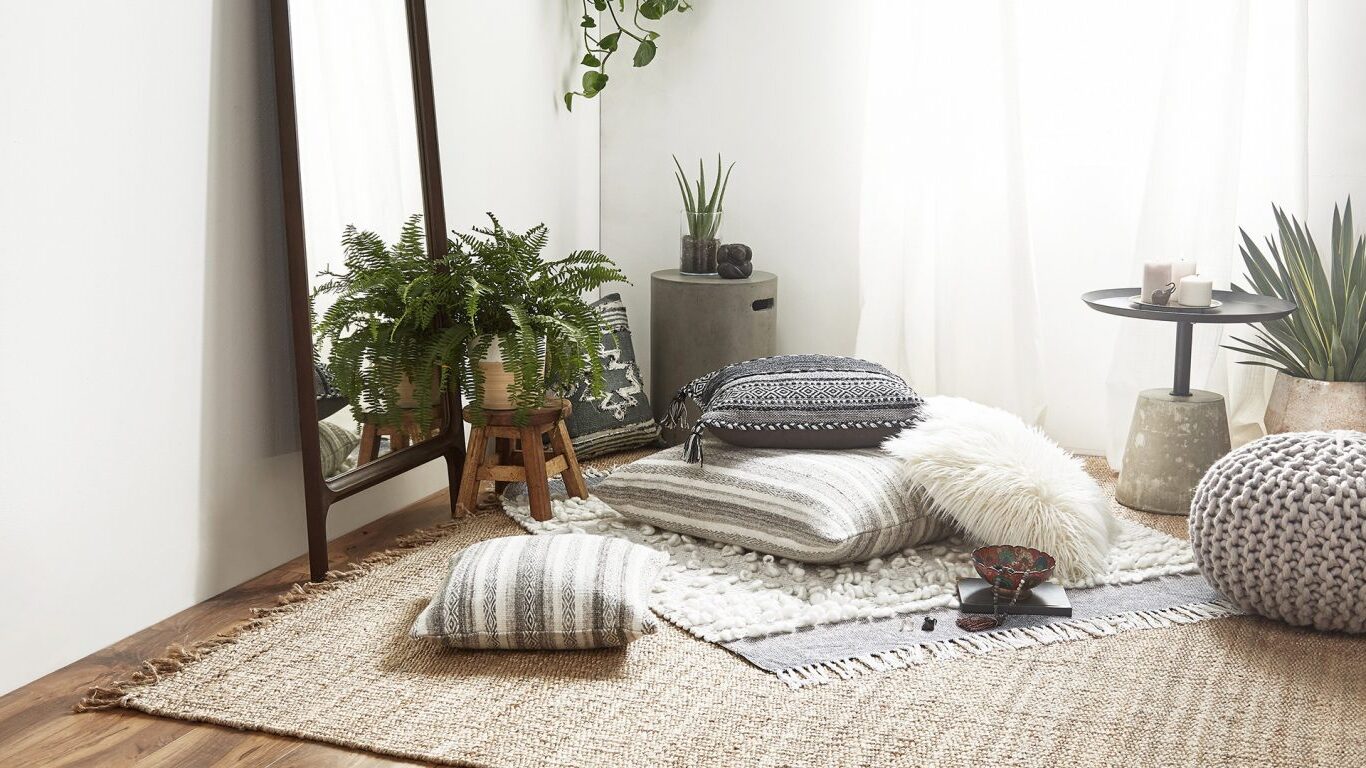
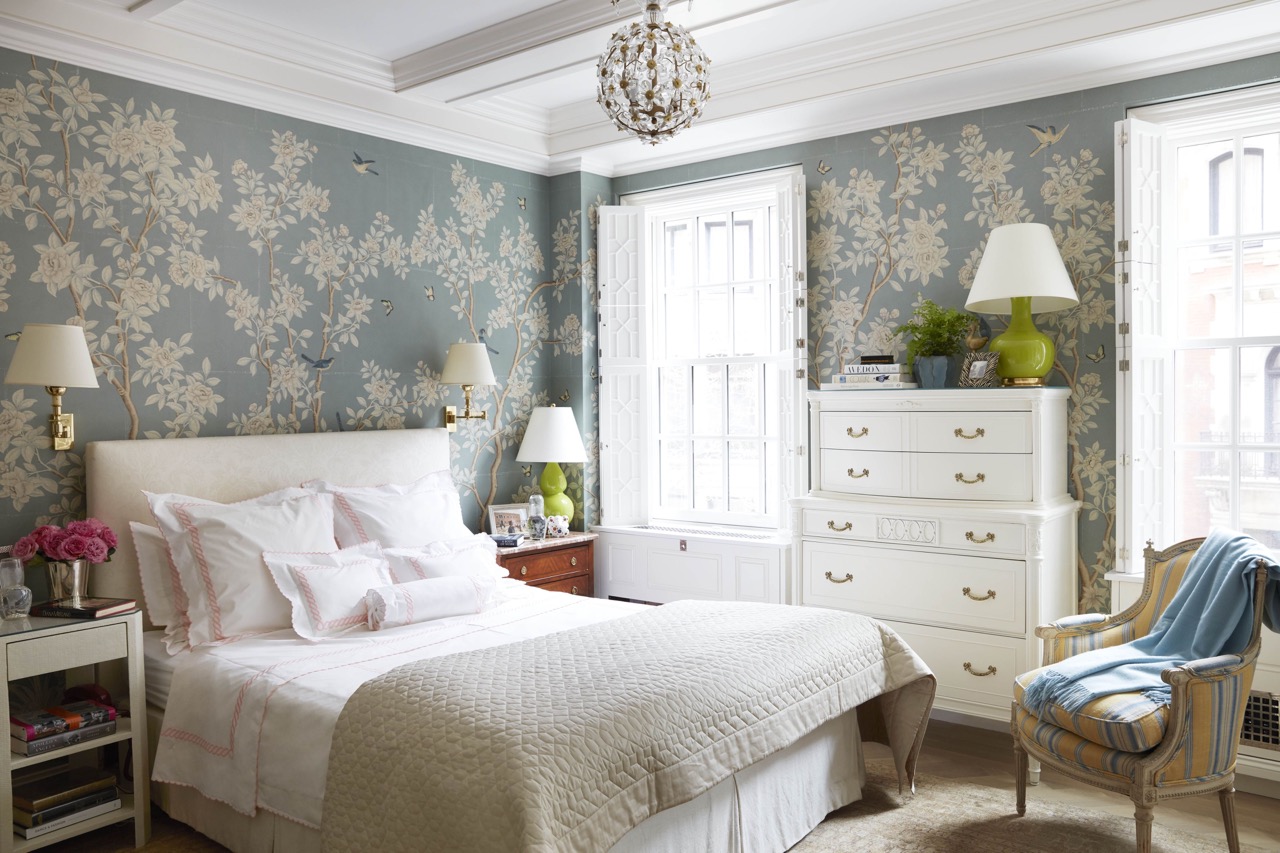
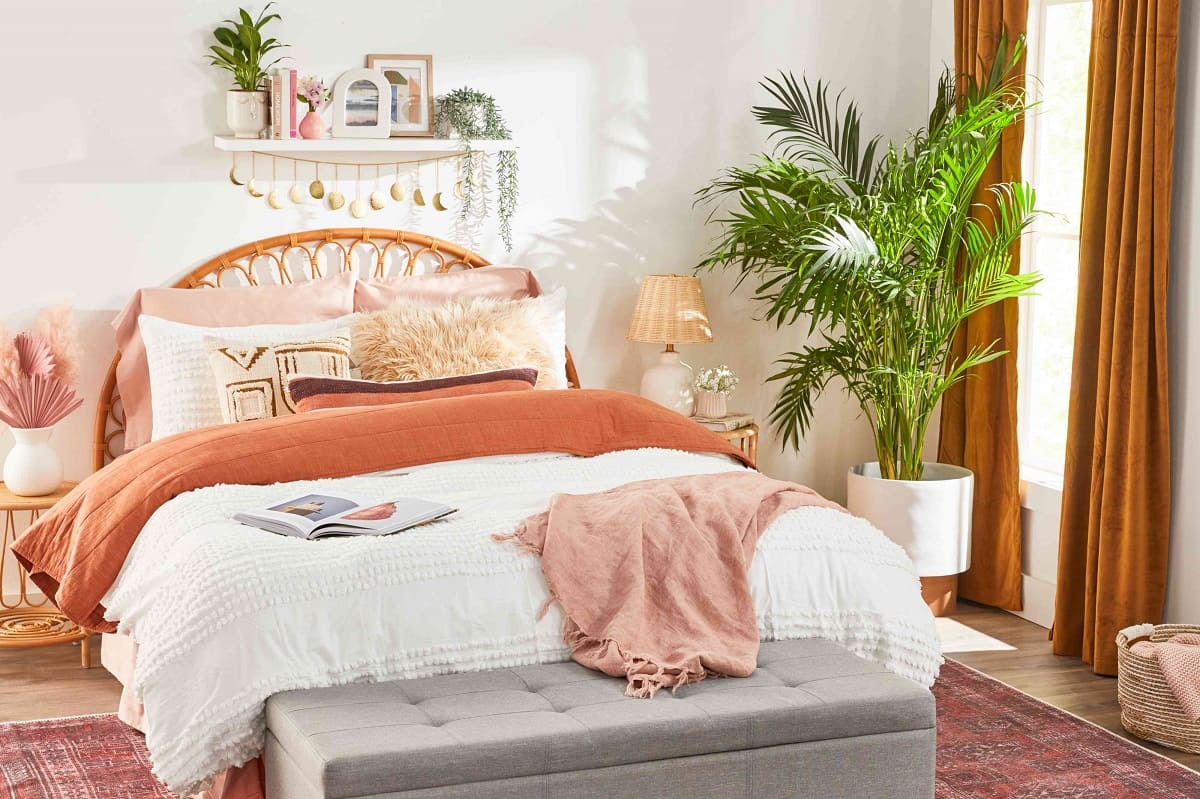
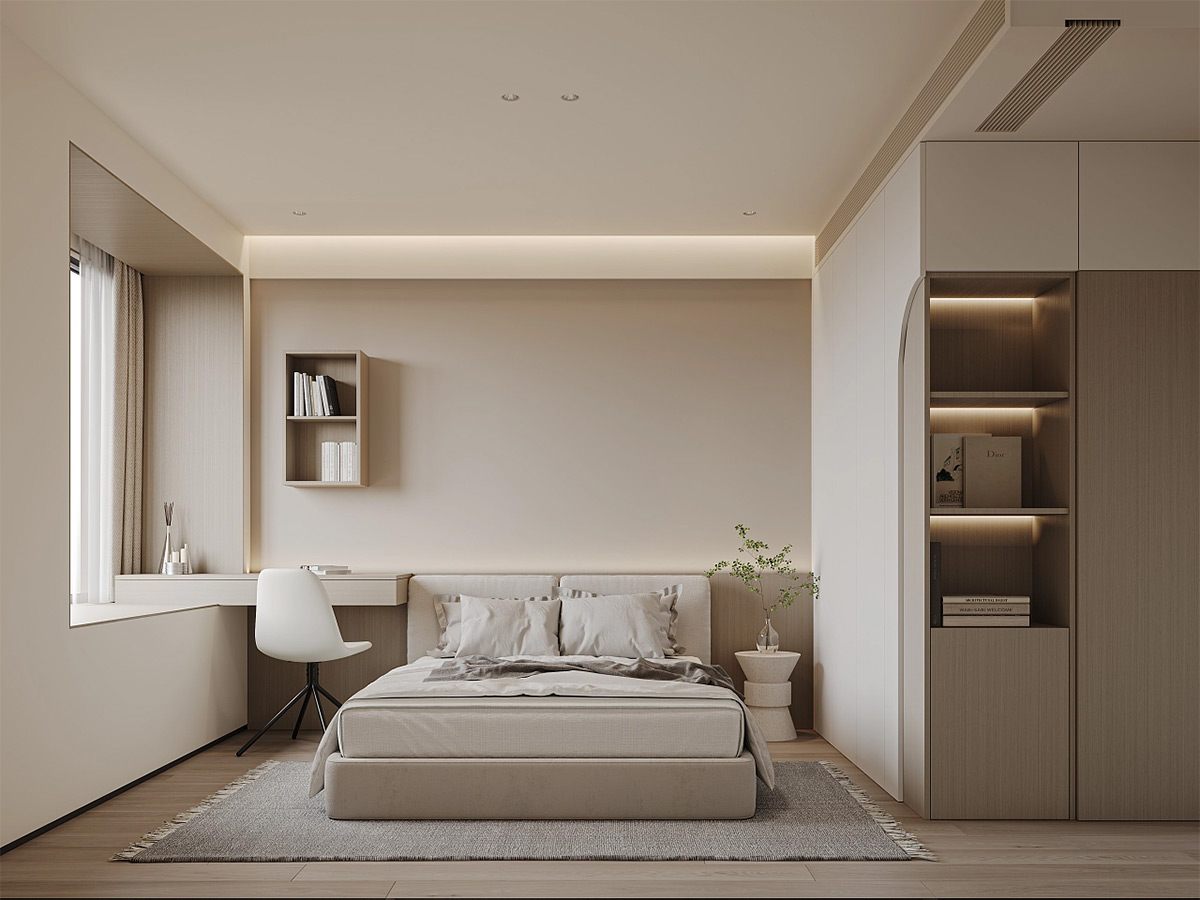
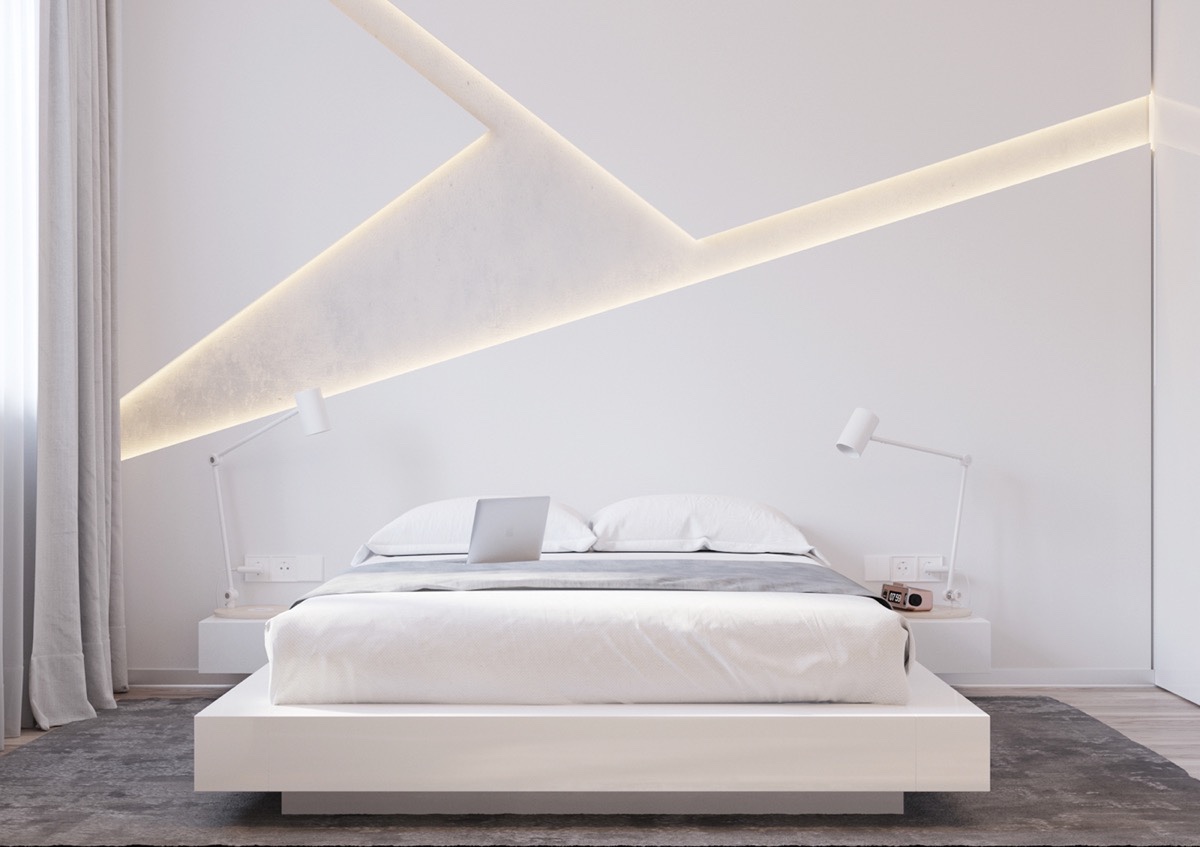
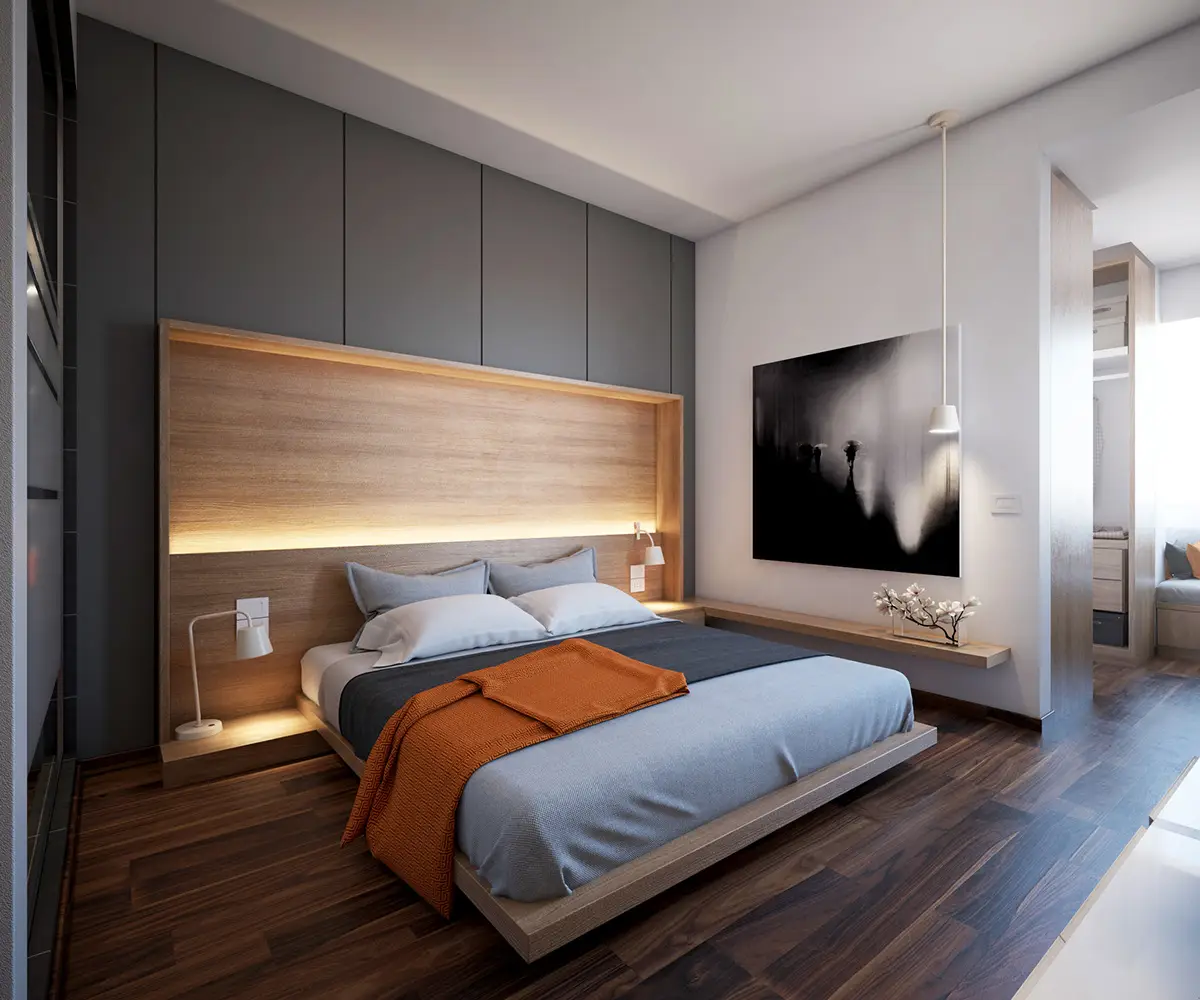
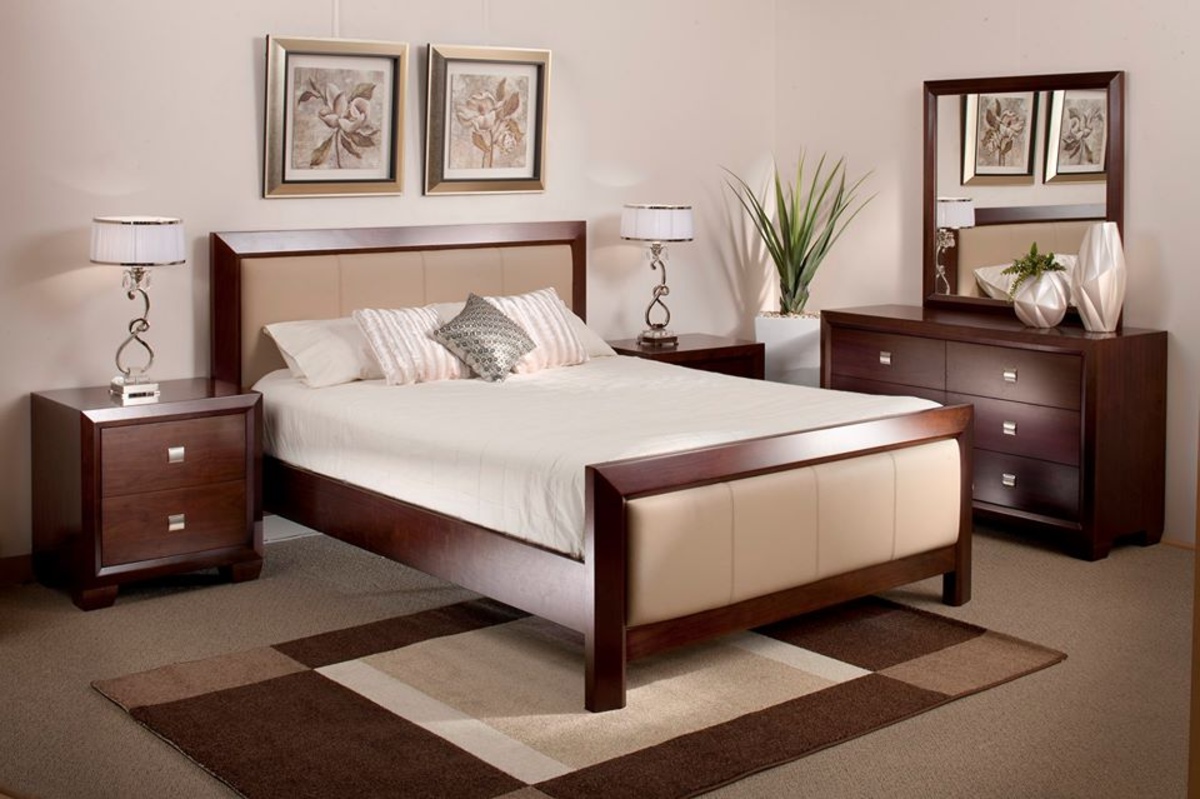
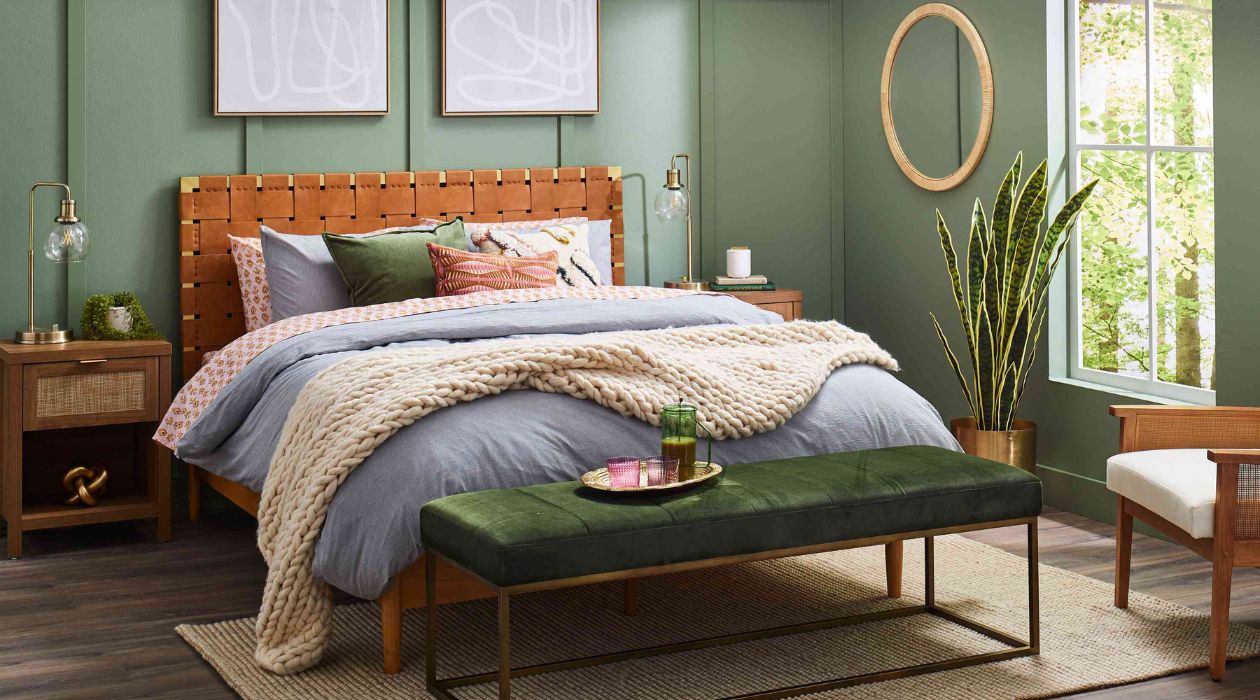

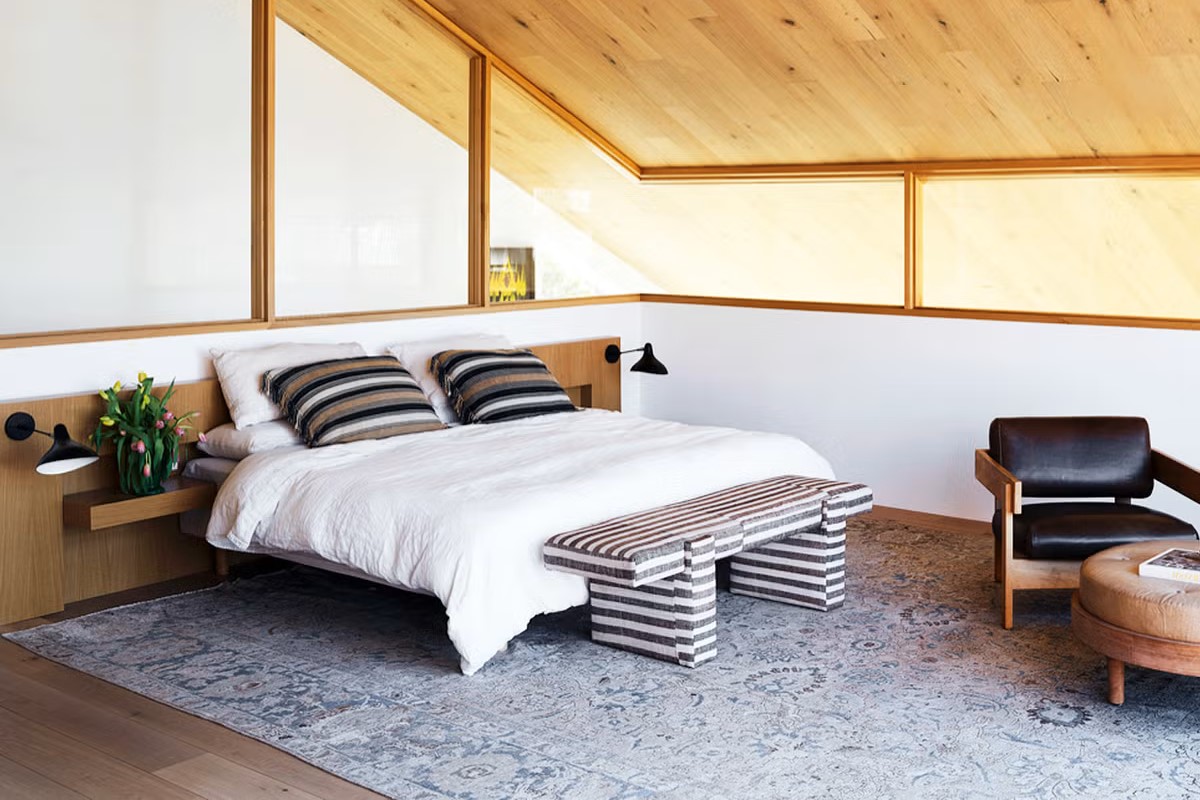
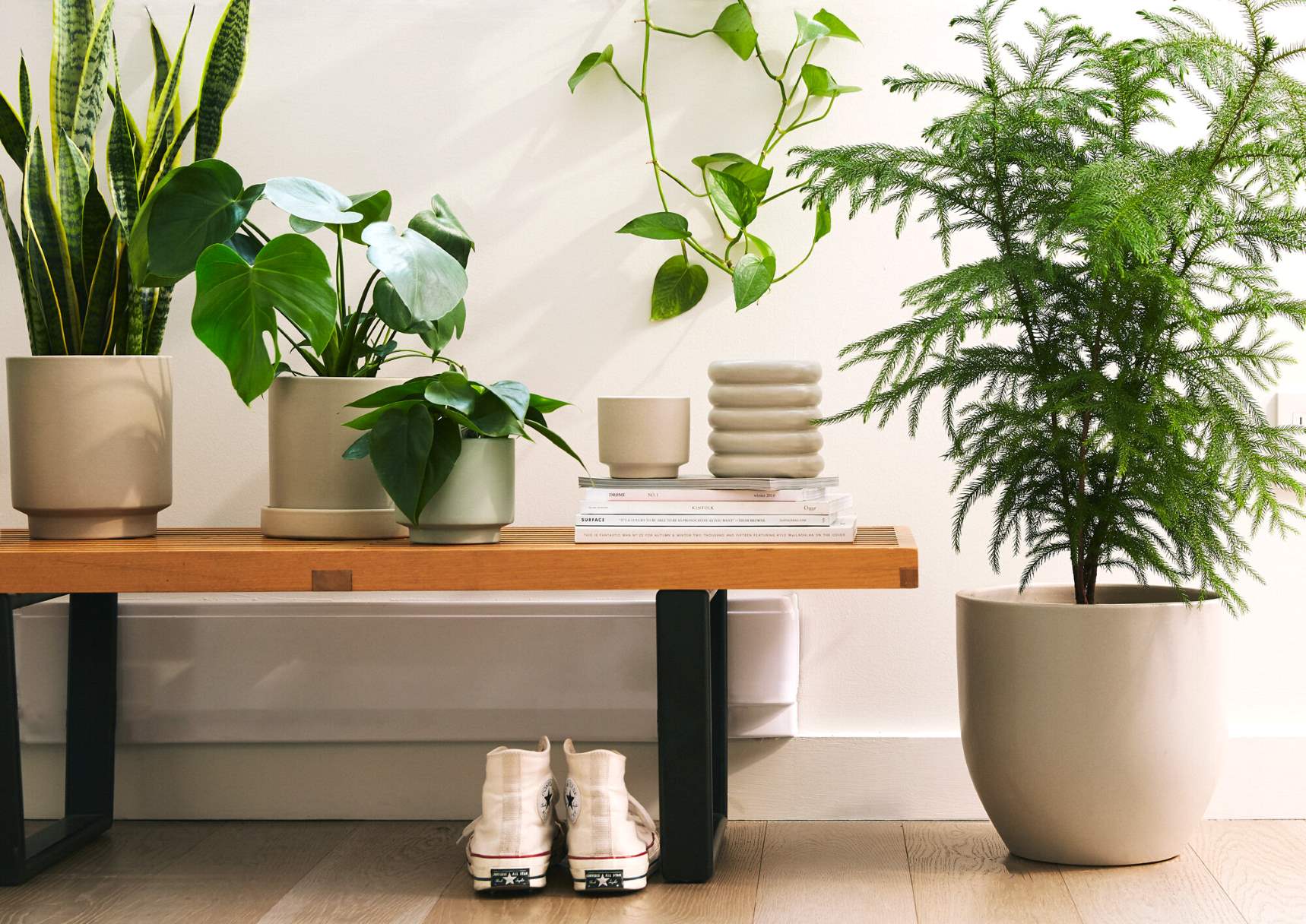
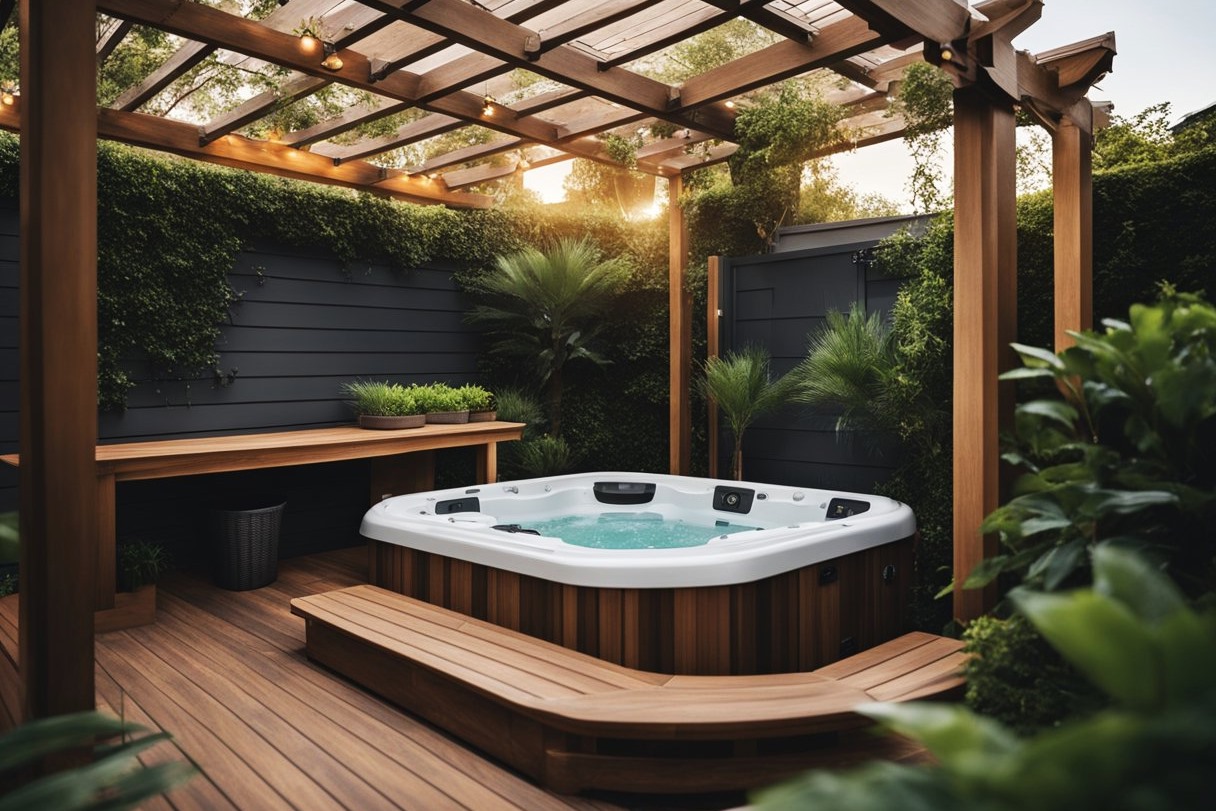

0 thoughts on “Simple Ways To Create A Calming Bedroom”